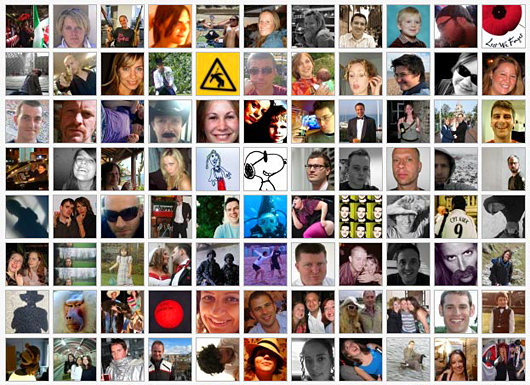Resolve Your Facebook Signup Troubles

You should see a list of matches appear. Of course, if you’ve been around for the past a few years you know that many things have changed with the better in relation to generating massive income online and getting site visitors to your websites. About level, forty start doing points on attack and defense. What are you going to change or achieve by writing these things?.. Just think of the access your business would have if you were able to access customers in that environment. But that’s not all. Safeguard your organization carefully then your fans must be more and more. The weird conversation that only you and your best friend understand. The hackers will get hold of your personal information as soon as you download and run the program.

They will argue that it is not at all unusual for breast-feeding mothers in other parts of the world to keep their breasts exposed. If you are successful, you will be able to get the type of results that you want for free! There is more demand for games, virtual gifts and other useful applications, all you have to do is choose the right kind of project. Does it like…propel you forward? All you need to do is click on the small arrow pointing downwards under your status box. Sooner or later, you will have to be meeting up with each other, so she will be able to know who you really are, so avoid all those pretentious stuffs, and instead, show her the real you. Frankly, documents mentioned above are not bedside literature. The best part is that your friends would be able to see whatever you feel, and write to you the next time they log in.
Also there is cost per 1000 clicks or day-wise options. Facebook has grown to become the biggest social media platform on the web to date. All work and no play, will make you a manager. That’s all you need to do to share your favorite music pieces. It is true that facebook poker can keep you entertained in those drab and dreary winter months. If you love someone you would be willing to give up everything for them, but if they loved you back they’d never ask you to. There are many ways to increase exposure of your brand on facebook through free and paid means, and the success of marketing usually relies on the killer combination of both. The next step is to invite and add people to it, or to “like” it. Often a player will reraise or make a large bet against another player to try and teach them a lesson for having previously taken their facebook poker chips in another hand.

It feels as if you are walking through a jam packed bus. Replied with an unrespondable “hahah that’s awesome”, poked me, invited me to a random, useless group, gave me a job to do in mafia wars, and now you are reading this article. Most people do not do this though for safety reasons. Also, make sure that you’re running security software. While a great way to get reconnect with old friends and turn into of a, posting an excessive amount house elevators your money may be dangerous. You may or may not win or lose a game. In developed countries, almost everybody has a facebook account. Facebook marketing offers the luxury of having access to a virtually unlimited pool of customers.

Buy properties in volume when achievable to save money. I don’t want to start any trouble, but shouldn’t that be an even number? along with some cool status tricks as their status updates. I like to pick up the phone and really talk, or meet for lunch. The most precious possession that ever comes to a man in this world is a woman’s heart. If you want to have more facebook poker chips, you can take help of the special offers. But there is a legit question that you may ask. According to him, the electronic media is slowly destroying the ability of children and young adults to learn social skills and reading body language.
If you beloved this article and you would like to receive additional information relating to Easy Facebook Sign up (have a peek at this site) kindly visit the website.

